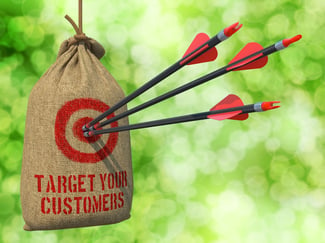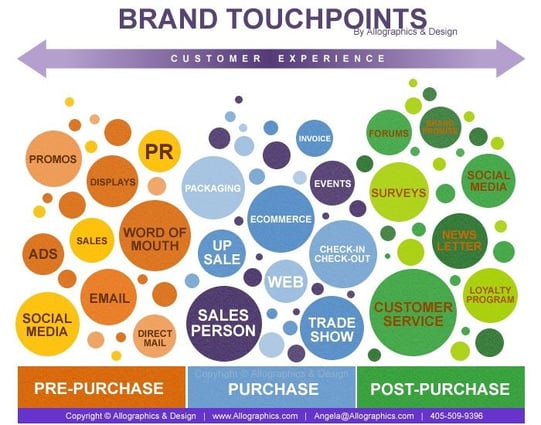I know what you're thinking, "Now I have another word to fuse into my Rolodex so I can remain a relevant marketer. Enough with the buzzwords." I get it! Trust me though, this isn't just another catchy word millennials are tacking onto inbound. It has real meaning, it holds value for a company, and should be part of your vocabulary and marketing strategy.
What is Demand Generation?
 In a nutshell, demand generation encompasses all marketing efforts to engage and excite customers about your company’s products and services. Demand generation programs are meant to nurture key prospects over their lifetime from both sides of the coin – sales and marketing – where you engage them at various points on multiple channels.
In a nutshell, demand generation encompasses all marketing efforts to engage and excite customers about your company’s products and services. Demand generation programs are meant to nurture key prospects over their lifetime from both sides of the coin – sales and marketing – where you engage them at various points on multiple channels.
Demand generation is about creating a buzz around your product or service, generating PR, re-engaging existing customers, promoting new features, and reaching new markets. Apple, for instance, uses demand generation in a very clever way. When they advertise new products, say the iPhone 11, they reinvigorate existing customers by pointing out their product’s upgraded camera lens and water resistance, or by creating an accessory that pairs well with an existing product. It’s about creating a long-term commitment to customer relationships and having a strategic mindset.
Now, you might be thinking that demand generation sounds a lot like what inbound marketing is. But I assure you, inbound marketing and demand generation are not synonymous. They’re like cousins who work together towards achieving a business’s goals. Inbound marketing is only one type of demand generation.
Why Is It Important?
Do you ever feel like your efforts at work always come up shy of your expectations? Like your work just isn’t quite aligning with a specific client or coworker? Well, demand marketing is meant to remove that misalignment within your marketing and sales activities. It’s a fully integrated approach that aligns your company efforts with what your prospects and customers really need and desire. It's not just about spending your money but spending that money in the most effective way possible.
 (Source)
(Source)
Having a holistic, fully integrated, measurable strategy helps your business tune into what your customers are doing at each stage of their journey. Analyzing that data – each marketing and sales activity, each lead activity, and the like – gives a large scope understanding of the effectiveness of your strategy efforts, fact-based optimization, and projection. It's not necessarily about targeting or personas, but rather what actions are being taken by the prospect. The difference may seem subtle, but don't underestimate its power. Small shifts in perspective lead to huge changes in lead and generation revenue.
The buyer’s journey is not like it once was. The customer is now in charge of the buying process, and demand generation ensures that marketing efforts are fluid, relevant, and influential. It's an ongoing process that interlaces with every stage of the buyer’s journey. Creating a masterpiece, only to have it fall short of your expectations, doesn’t help achieve any of your goals. So, it’s important that you remember to use demand generation tactics across every stage, in various ways, to create something that actually adds real value.
